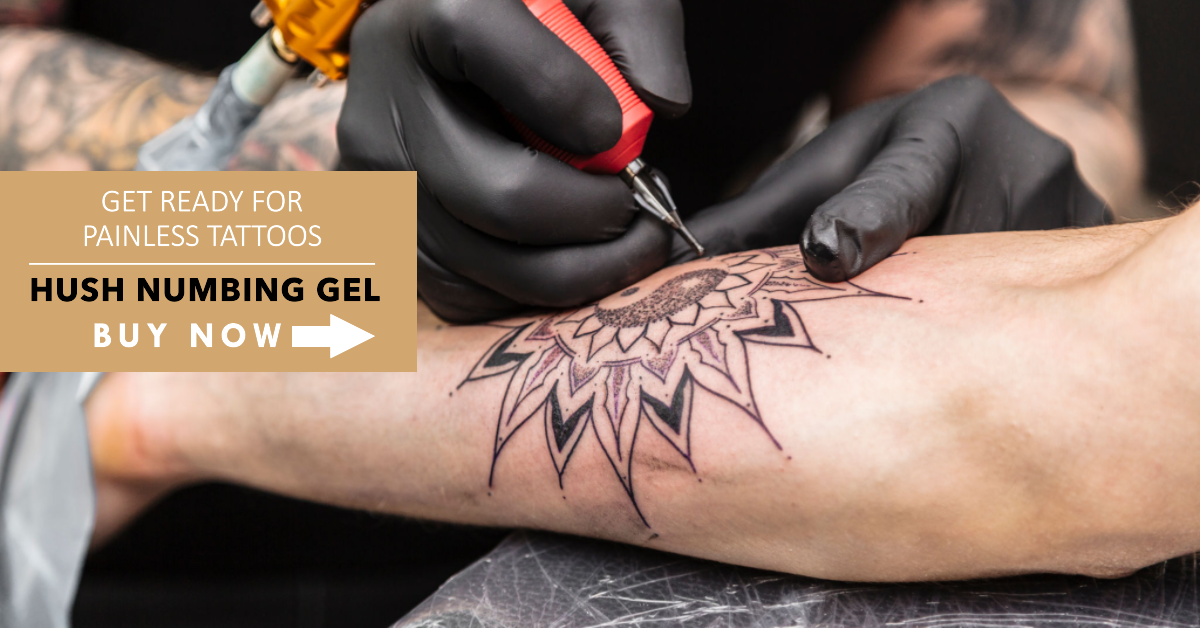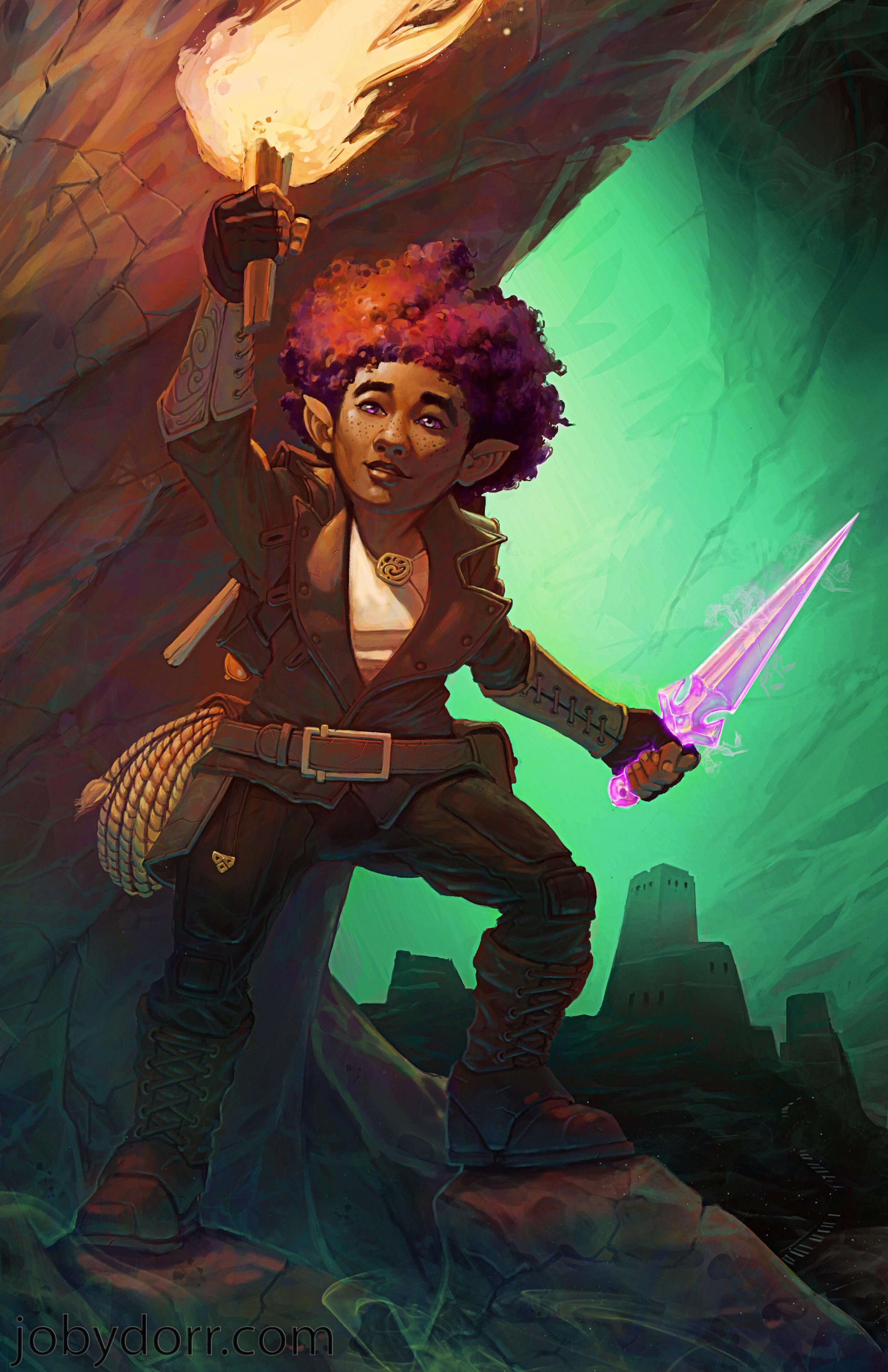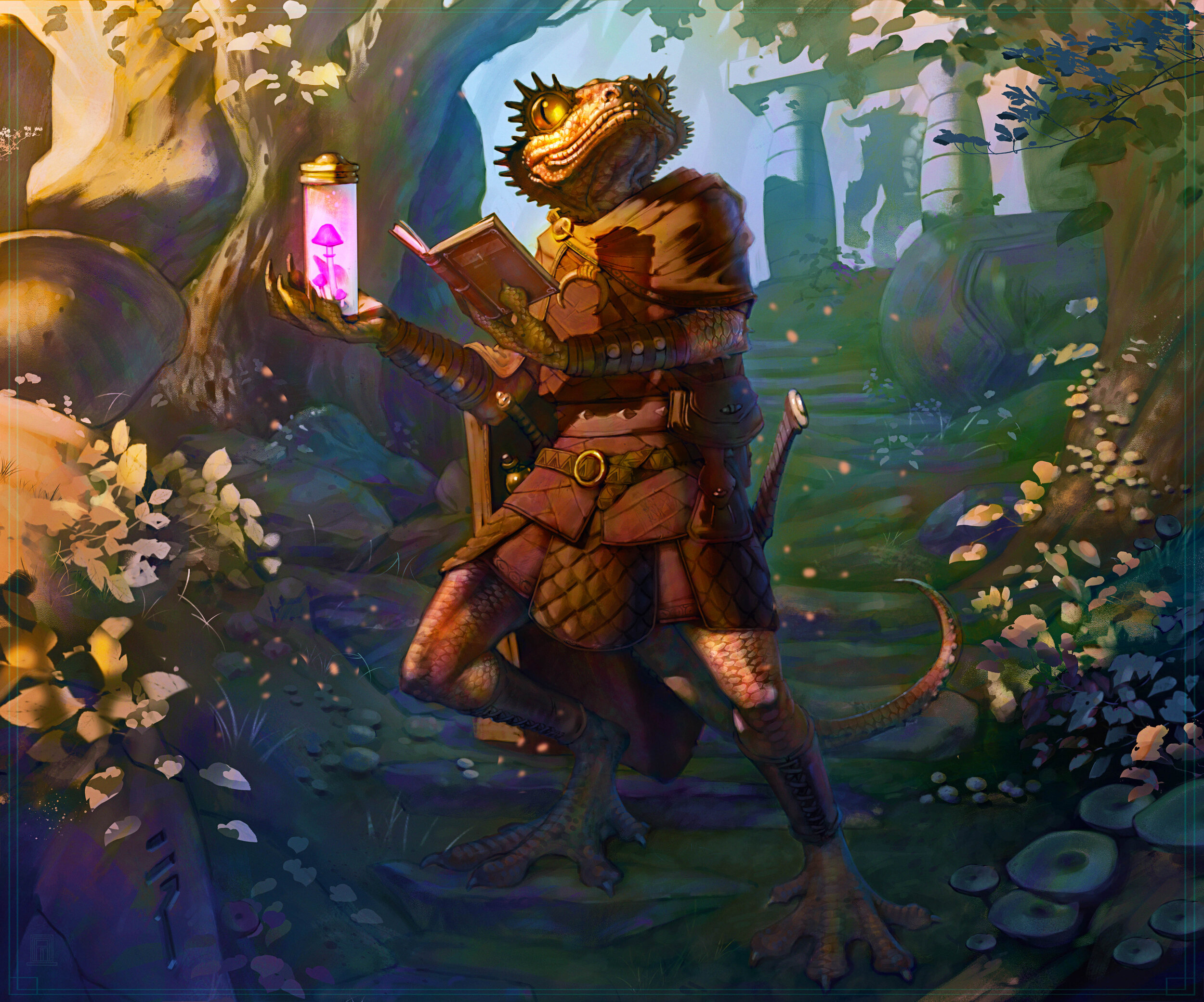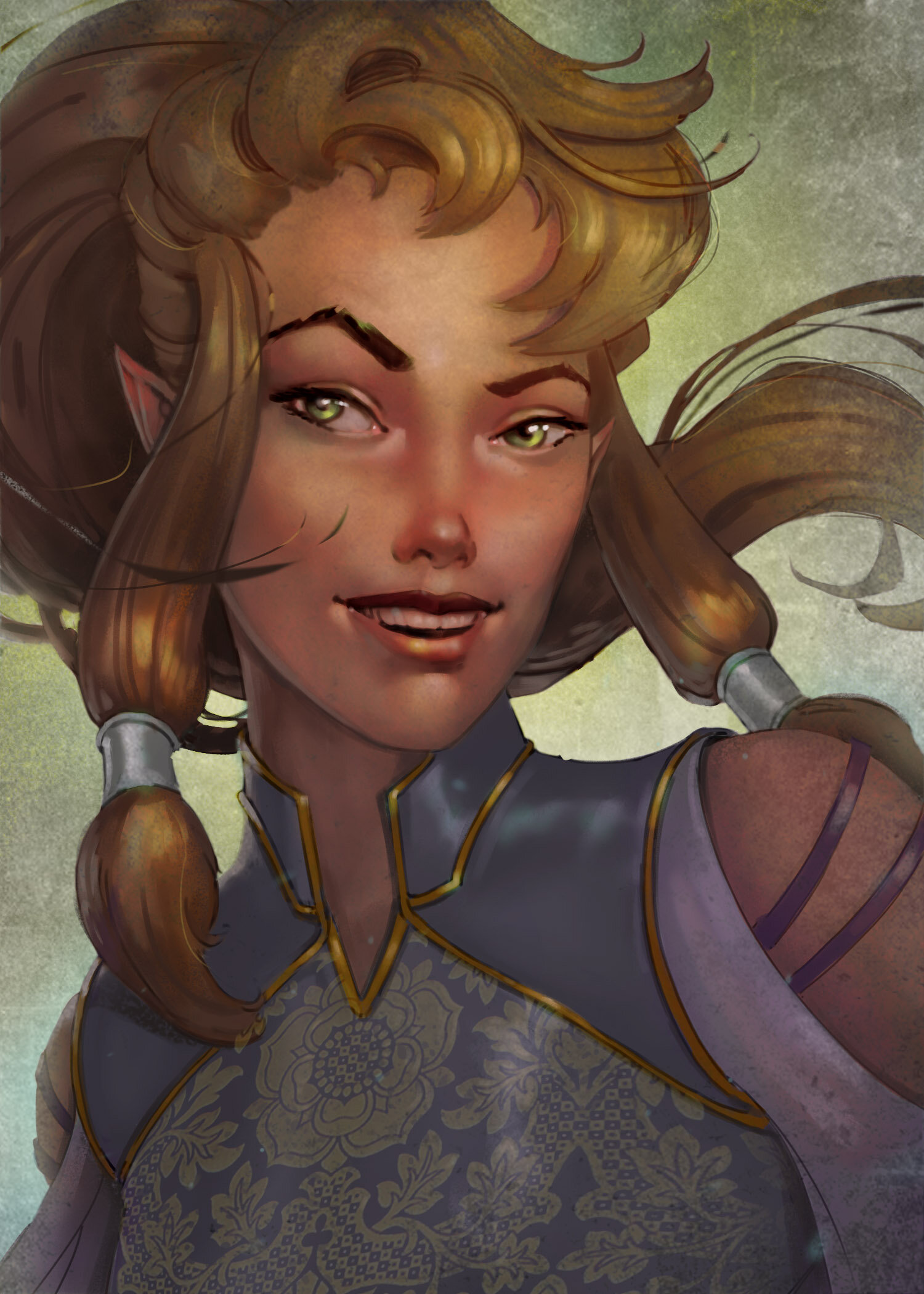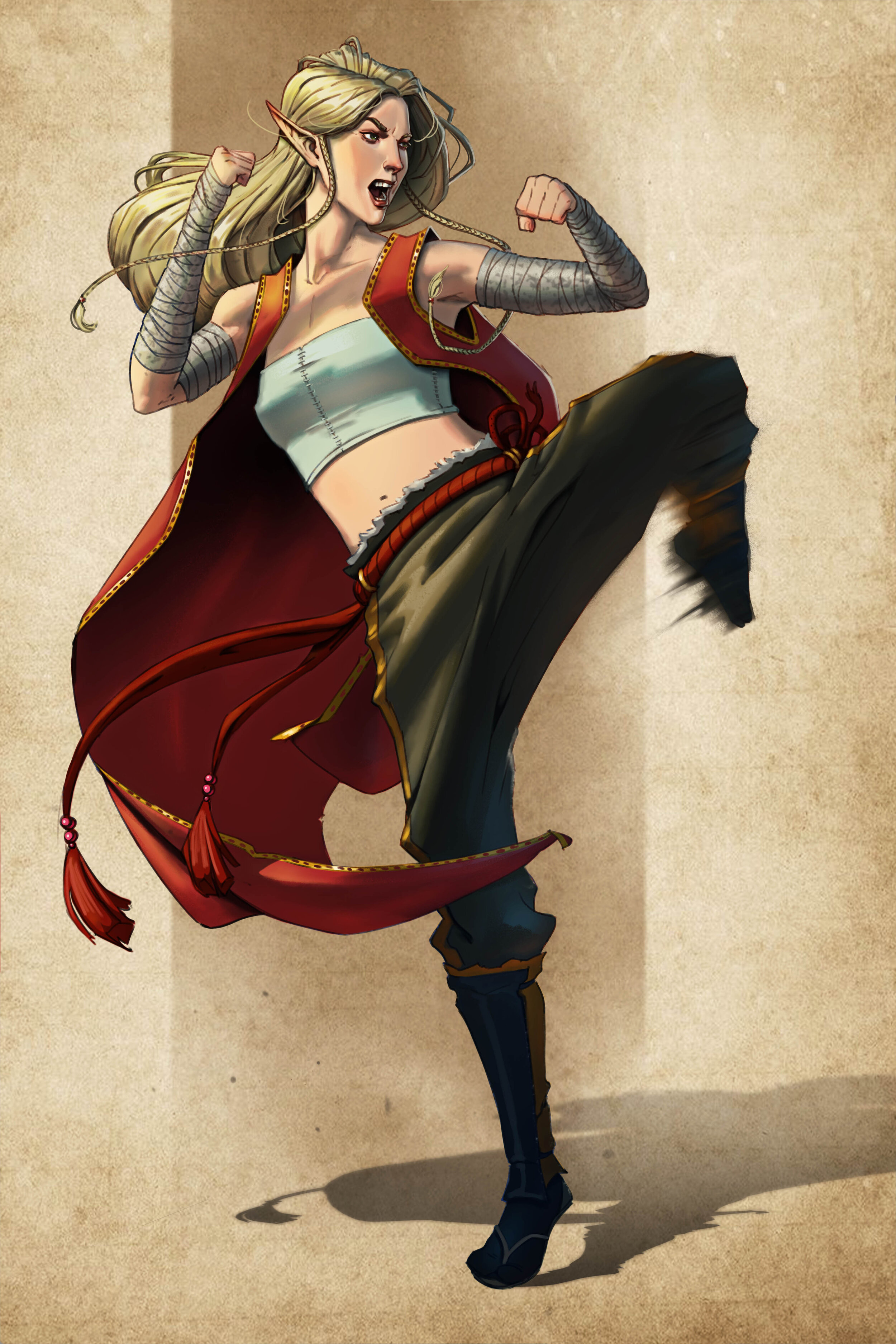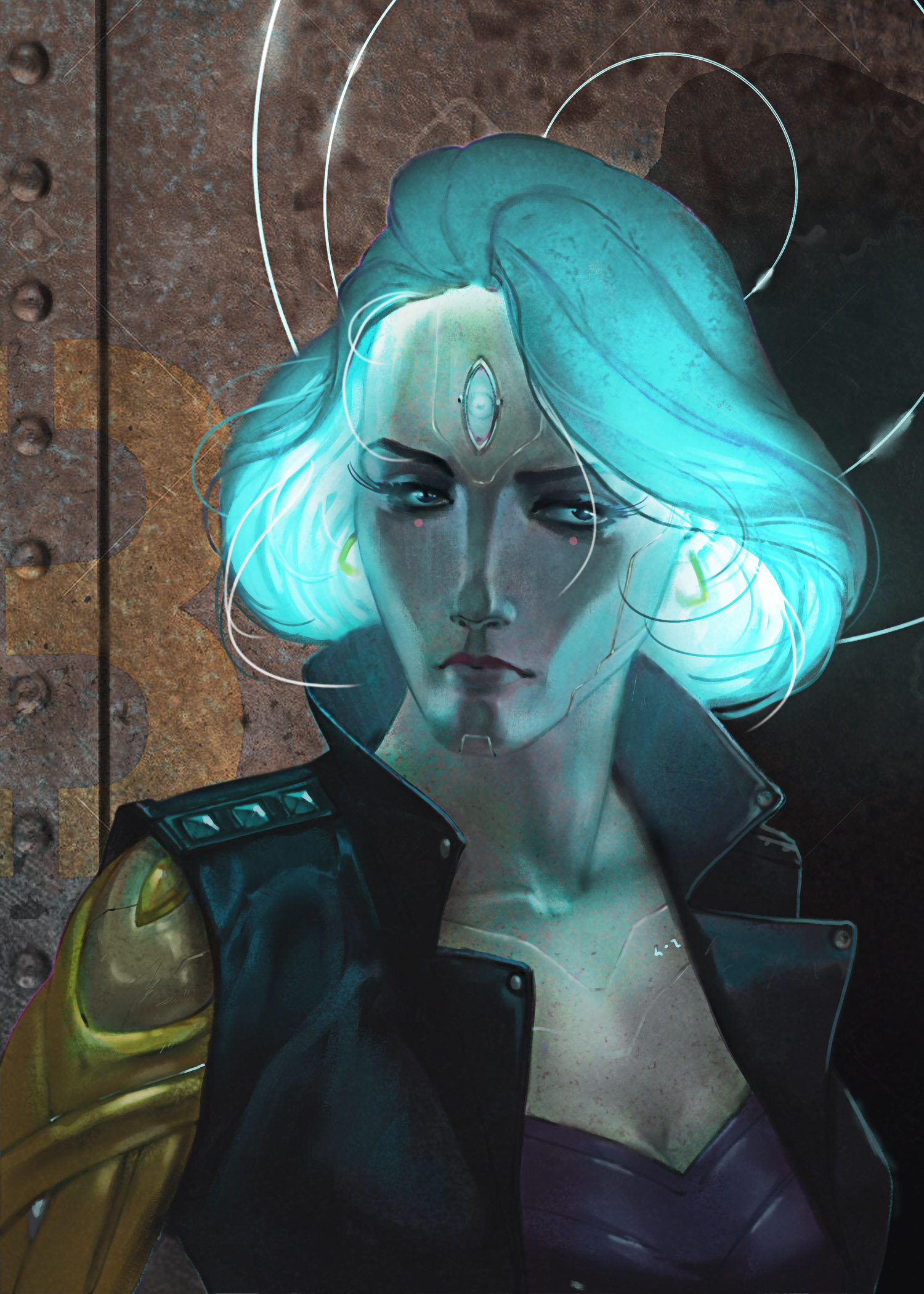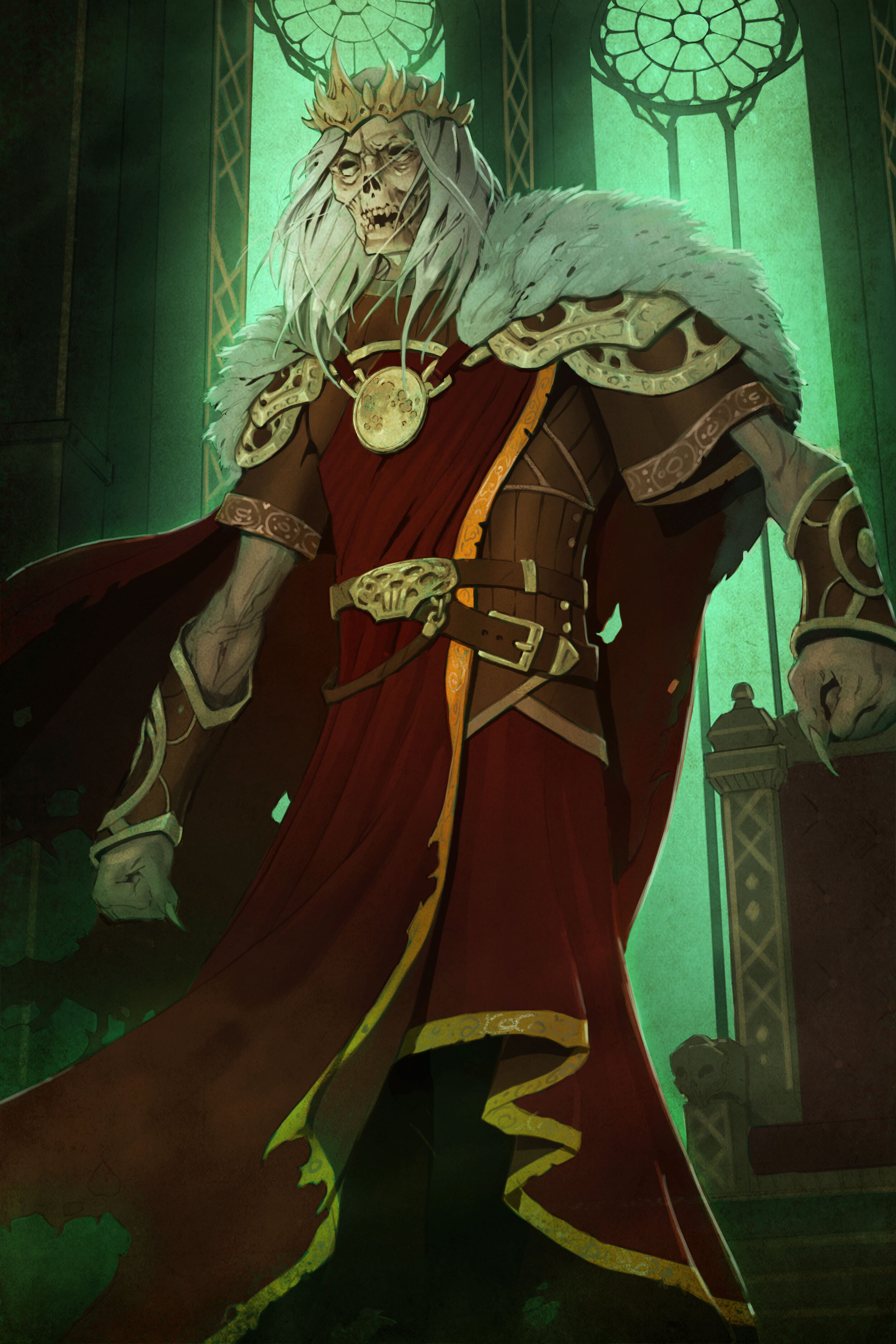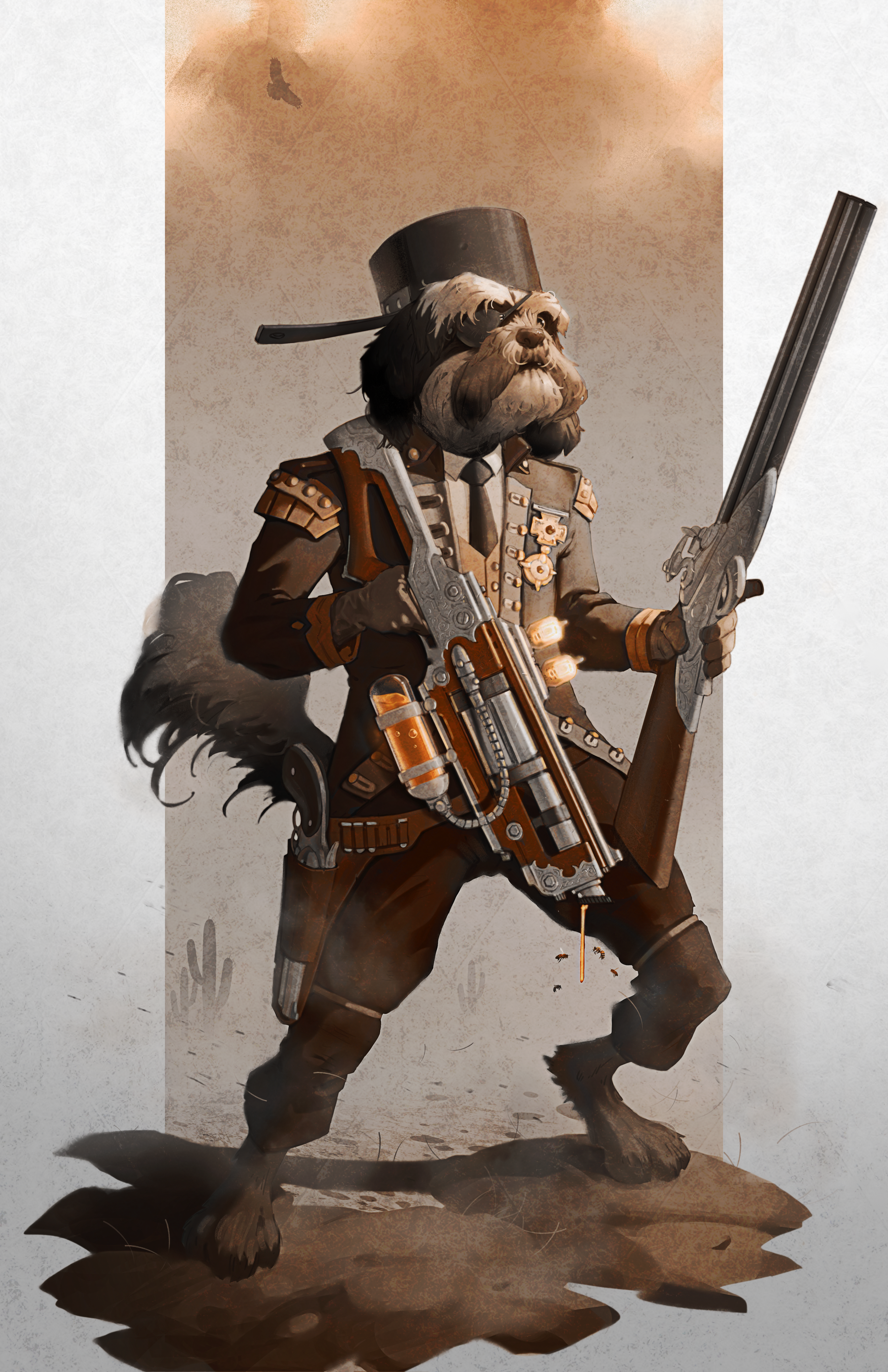From Design to Aftercare: What Makes a Good Tattoo?
/A tattoo is a permanent form of body art that can be a deeply personal and meaningful expression of one's identity. But what makes for a well crafted tattoo? To answer this question, it's important to consider the various technical aspects that go into creating a high quality tattoo.
A well crafted tattoo is one that is well designed, expertly executed, and personally meaningful to the wearer. It should be a beautiful and artistic expression that is also durable and long lasting.
Here are some specific technical aspects of what makes a well crafted tattoo:
Design: A good tattoo design is one that is visually appealing and personally meaningful to the wearer. It should be well balanced and aesthetically pleasing, with clean lines and a cohesive overall look. The design should also be appropriate for the body part it will be placed on, taking into account factors such as skin tone and the natural contours of the body. For example, a tattoo with a lot of fine details may not be suitable for a bony or uneven area of the body, as the details could be lost or distorted by the underlying skin texture. It's also important to consider the size of the tattoo and how it will look in proportion to the body part it will be placed on. A tattoo artist with a strong portfolio and a good reputation is likely to be skilled in designing tattoos that are both aesthetically pleasing and suitable for the individual's body.
Line-work: Good line-work is crucial to the overall look and feel of a tattoo. It should be clean and precise, with smooth and even lines that flow naturally with the contours of the body. The lines should also be appropriately thick or thin for the design and the body part it is being applied to. Good line-work can make the difference between a tattoo that looks professional and one that looks amateurish. In order to achieve good line-work, the tattoo artist should have a steady hand and be skilled in using the tattoo machine. They should also be aware of the natural contours of the body and how to work with them, rather than against them. For example, a tattoo artist who is experienced in tattooing the wrist will know how to follow the natural curvature of the wrist in order to create a tattoo that looks seamless and natural.
Shading: Good shading is an important part of creating a tattoo that looks realistic and three-dimensional. It should be smooth and gradient, with a seamless transition between light and dark areas. The shading should also be appropriate for the design and the body part it is being applied to. For example, a tattoo with a lot of shading may not be suitable for a body part with a lot of natural contours or wrinkles, as the shading could be distorted by the underlying skin texture. A tattoo artist with good shading skills will be able to create a tattoo that looks realistic and lifelike, rather than flat or cartoonish. They should also be able to adjust their shading technique to suit the individual's skin tone and the location of the tattoo on the body.
Color: Good color application is key to creating a tattoo that is vibrant and eye-catching. The colors should be applied evenly and smoothly, with clean transitions between shades. The tattoo artist should also be skilled in color theory, choosing a palette that is harmonious and enhances the overall design. It's worth noting that the appearance of tattoo ink can vary depending on the individual's skin tone and the location of the tattoo on the body. For example, certain colors may appear differently on the inner wrist than they do on the upper arm. A tattoo artist with good color skills will be able to choose colors that are appropriate for the design and the individual's skin tone, and apply them in a way that is even and consistent. They should also be able to blend colors seamlessly in order to create a tattoo that looks natural and cohesive.
Personal meaning: A good tattoo is one that has personal meaning and significance to the wearer. It should be something that represents who the wearer is or what they believe in, and it should be a source of pride and self-expression. A tattoo with personal meaning is more likely to stand the test of time and be cherished by the wearer for years to come. It's important to remember that a tattoo is a permanent form of body art, and it's worth taking the time to think carefully about what you want to get tattooed and why. It's also a good idea to do your research and choose a tattoo artist who is skilled in creating tattoos that are both aesthetically pleasing and meaningful to the wearer.
Durability: A good tattoo is one that is durable and long lasting. It should be able to withstand the rigors of everyday life, including exposure to the sun and other elements, without fading or becoming distorted. The tattoo artist should use high quality ink and follow proper tattooing techniques to ensure that the tattoo holds up over time. It's worth noting that some tattoo styles, such as watercolor tattoos and fine line tattoos, may be more prone to fading or distortion than others. It's important to discuss these issues with your tattoo artist and choose a tattoo style that is appropriate for your individual needs and preferences.
Aftercare: Proper aftercare is crucial to the success and longevity of a tattoo. This includes keeping the tattoo clean and moisturized, protecting it from the sun and other elements, and following the specific aftercare instructions provided by the tattoo artist. Neglecting aftercare can lead to problems such as infection, fading, and distortion of the tattoo. It's important to follow the aftercare instructions provided by your tattoo artist carefully, as each person's skin and tattoo may react differently to the healing process. It's also a good idea to be proactive in protecting your tattoo from the sun and other elements, as excessive exposure can lead to fading and distortion over time.
How do you know if a tattoo artist is good?
When looking for a tattoo artist, there are a few things to consider that can help you determine whether they are good or not. First, look at their portfolio of work to get a sense of their skill level and style. A good artist should have a range of high-quality tattoos that demonstrate their versatility and ability to execute various designs. Additionally, read reviews from past clients to see how satisfied they were with the artist's work and professionalism. Finally, make sure the artist is licensed and follows proper hygiene practices to ensure a safe and clean environment.
What makes a tattoo meaningful?
A meaningful tattoo is one that holds personal significance to the wearer. This can be anything from a tribute to a loved one to a representation of a personal belief or value. Often, meaningful tattoos incorporate symbols or imagery that hold cultural or historical significance, such as a religious symbol or a traditional art motif. A tattoo's meaning can also come from the process of getting it, as it can represent a personal transformation or growth.
Factors to consider when deciding on the placement of a tattoo
Choosing the right placement for a tattoo is crucial, as it can impact how well the tattoo ages and how visible it is. Some factors to consider when deciding on placement include the size and design of the tattoo, the sensitivity of the area, and how it will interact with clothing and other tattoos. Placement can also affect the level of pain during the tattooing process and the ease of aftercare. Popular areas for tattoos include the arms, legs, back, and chest.
Tattoo styles and their unique characteristics
There are many different tattoo styles, each with its own unique characteristics and cultural roots. Some popular styles include traditional, which features bold lines and vibrant colors, blackwork, which uses only black ink to create intricate designs, and watercolor, which mimics the look of a watercolor painting. Other styles include neo-traditional, realism, and geometric, each with their own specific techniques and aesthetics.
Common mistakes to avoid when getting a tattoo.
Getting a tattoo is a significant decision that requires careful consideration and planning. Some common mistakes to avoid include rushing the design process, choosing a design simply because it's trendy or popular, and neglecting aftercare. It's important to research the artist and shop thoroughly before committing, and to communicate clearly with the artist about your expectations and preferences. Additionally, make sure to follow the aftercare instructions carefully to ensure the best possible outcome for your tattoo.
In conclusion, a well crafted tattoo is one that is well designed, expertly executed, and personally meaningful. It should be a source of pride and self-expression for the wearer, and a beautiful and artistic expression that stands the test of time. Technical aspects such as good line-work, shading, and color application are essential to creating a tattoo that is visually stunning and of the highest quality. By considering these qualities and choosing a skilled and experienced tattoo artist, you can ensure that your tattoo is a well crafted and meaningful expression of your identity.

